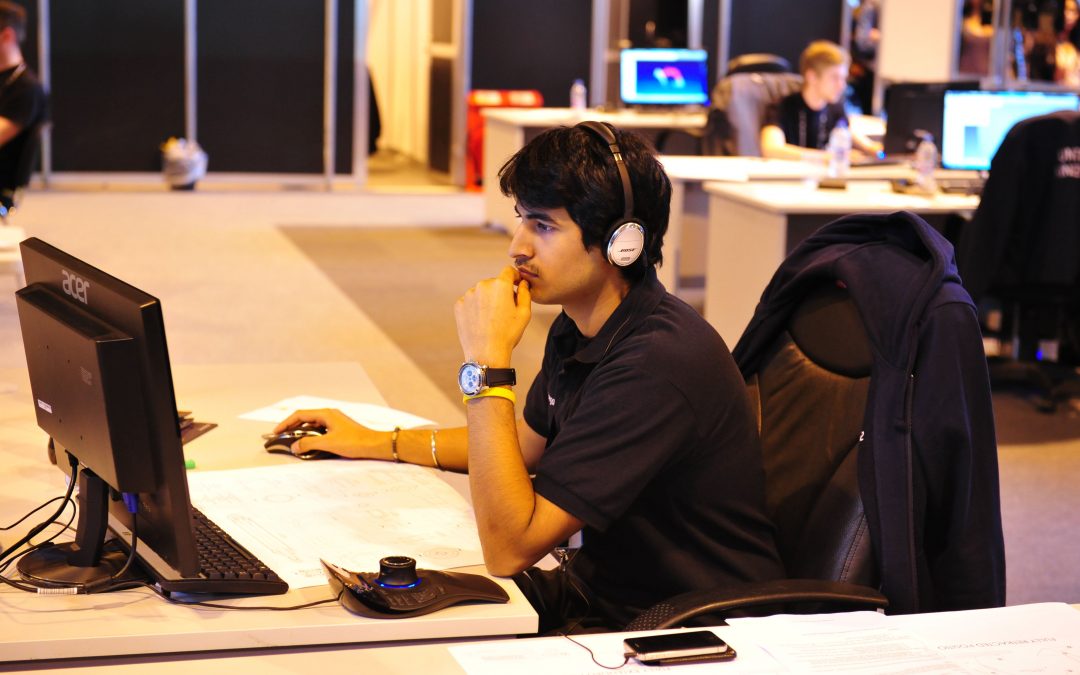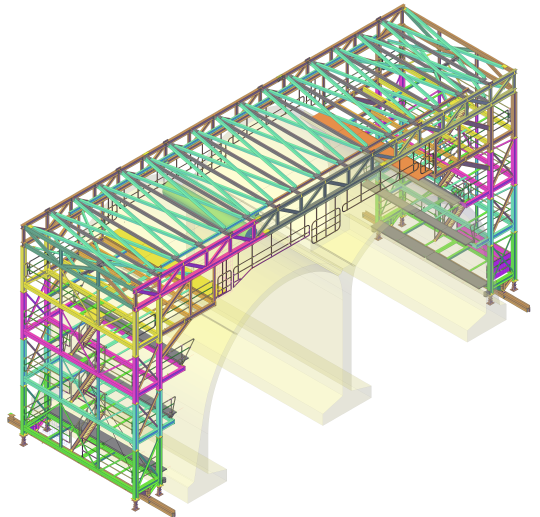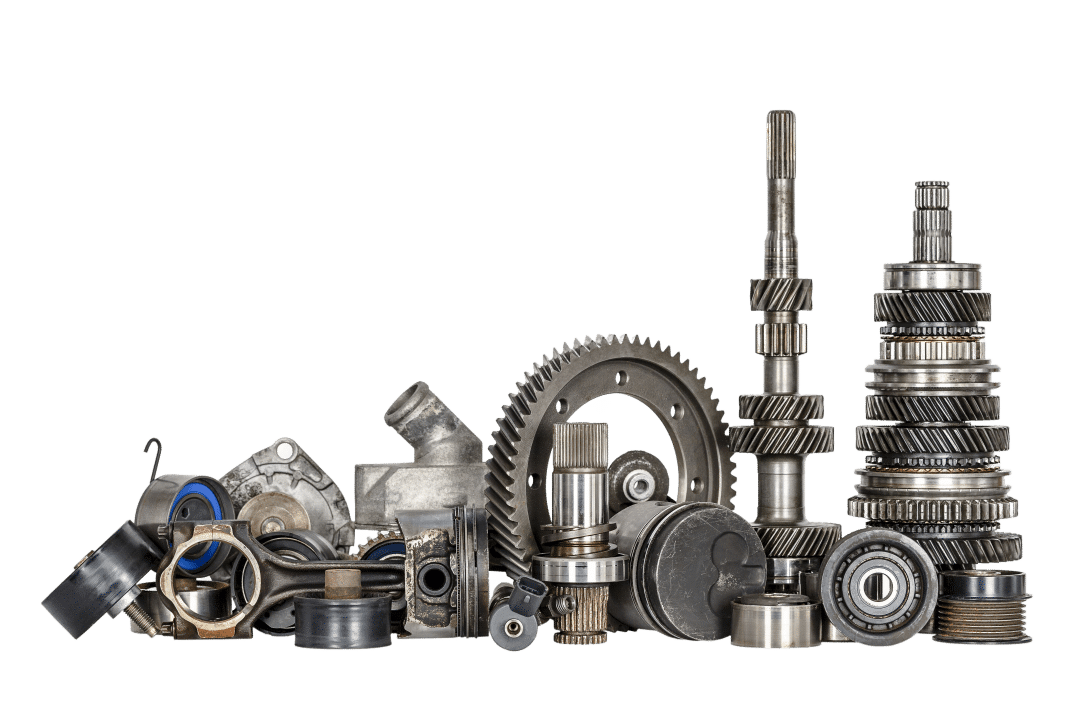Traditionally, quality control is carried out using manual inspection methods. It is a system in which standards are maintained on manufactured products through testing a sample of the items made against the original specification.
Because of the fact it is manual, quality control can be a time-consuming and precise procedure that is open to human error. On occasion it can cause delays to the manufacturing schedule. That’s where CAQC comes in. This four-letter acronym essentially stands for ‘computer-aided quality assurance’ espanolfarm.com/. It is sometimes also known as CAQ.
What is this?
Computer-aided quality assurance is when computers are used to inspect and test products that are being manufactured. It is an engineering application that can oversee the operations of machinery and ensure everything is being produced as required.
It allows for a digital inspection of the quality of the products being produced. This includes measuring the equipment and its management/handling, producing a vendor rating, conducting a goods inward inspection, creating an attribute chart, putting in place statistical process control (SPC) and producing necessary documentation.
Computer-aided quality assurance can also ensure a failure mode and effects analysis, otherwise known as FMEA, is put into action. Additionally, it can allow for advanced product quality planning and a dimensional tolerance stack-up analysis on computer-aided design models using the product and manufacturing information.
On top of this, it also encompasses a computer-aided inspection with coordinate-measuring machines and can compare data that has been gathered through the 3D scanning of the physical elements of computer-aided design (CAD) models.
Why is it important?
Quality control helps to mitigate risk, ensuring that consumers will not be receiving faulty goods that could be potentially dangerous. It also helps to protect the manufacturer in the event of this happening, and helps protect their liability when all correct procedures have been enforced.
Save time
Using computer-aided quality assurance helps to save on development and manufacturing time, which therefore helps to reduce costs and potential delays. Products no longer need to be taken away over a period of time for manual sampling and testing, which can be time-consuming and has room for potential error.
Streamlining
The quality control testing is also integrated with the manufacturing process, meaning they occur concurrently to one another. This means there is no need for separate quality control teams and saves on human resources. Instead, it can all be found happening simultaneously and automatically on the production line.
Economical
The product is tested immediately upon being made without needing to be transferred between locations; this saves on travelling time for each batch of items and the potential for items to get damaged in the process. It also reduces the time it takes to make each item as the manufacturer doesn’t have to wait for everything to be signed off by quality control.
100% perfection
Additionally, CAQC means that a 100% inspection can be conducted on every item being manufactured without too much difficulty. In traditional quality control testing, it isn’t possible to test every one of the hundreds or thousands of products being made so only a sample can be taken.
With computer-aided quality assurance, however, it is possible to run an inspection and testing on all products. This means you can absolutely guarantee the perfection of all items being manufactured and there is no risk or room for error.
Also adding to this perfection is the fact that CAQC relies on non-contact sensors. This means that the item doesn’t have to be handled manually in order to be inspected. As well as preventing the product from coming into contact with potential damage through physical handling, it also adds to the speed with which it can be conducted. The sensors can review the whole product in a matter of seconds and can be used along the production line.
Data harvesting
The data collected from these sensors can also be used and interpreted to offer an analysis of the manufacturing process and identify any problems that require solutions. This will help to prevent further issues arising and will also mean processes can become more efficient and effective. If there are issues along the line, employees at the manufacturers will be able to easily identify where it is happening, what is causing it and what needs fixing.
Get in touch
To find out more about computer-aided design and quality assurance, get in touch with us at Restoric Design today.



